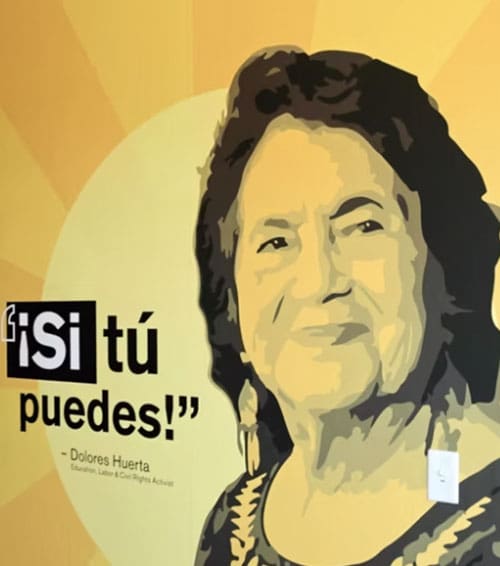Meet the Principal
Dr. Patrick Gibbs, principal of ASU Preparatory South Phoenix Middle/High School, is a passionate educator and dedicated leader who believes in nurturing futures with purpose and passion to empower lifelong excellence in his students. Dr. Gibbs graduated from Northern Arizona University with all three of his degrees; a bachelors in Elementary Education and Special Education, and a masters and doctorate degree in Educational Leadership.
With an unwavering commitment to educational excellence, Patrick’s professional goal centers around a comprehensive approach to school leadership. He aims to enhance academic achievement, fortify college and career readiness, foster a safe and positive school environment, drive robust teacher development, and elevate family and community engagement. His leadership philosophy thrives on collaboration, emphasizing a solid partnership between teachers and families to create a holistic learning experience for students.
Patrick came to ASU Prep from Mesa Public Schools where he was honored with the “You’ve Touched The Future Award” and the “Good Guy Award,” reflecting his positive impact on the educational community. At ASU Prep, his innovative spirit was recognized by Dr. Michael Crow as he was awarded the “President’s Award for Innovation.” This recognition was a tribute to Patrick’s role in the ASU Clean Indoor Air Project. By pioneering the use of DIY air filters (Corsi-Rosenthal boxes), he collaborated with Dr. Jehn at ASU College of Health Solutions to create an environment that removed harmful pollutants, including viruses, from the air, fostering a healthier school atmosphere.
When not serving students and families, Dr. Gibbs enjoys a variety of outdoor activities, including camping, rock climbing, and international travel.
Principal Gibbs can be reached at pjgibbs@asu.edu.








